Ancestral temples continue to bring family members together
Updated: 2016-04-04 06:13
By Cang Wei in Wuxi, Jiangsu and Zhu Lixin in Hefei(chinadaily.com.cn)
|
||||||||
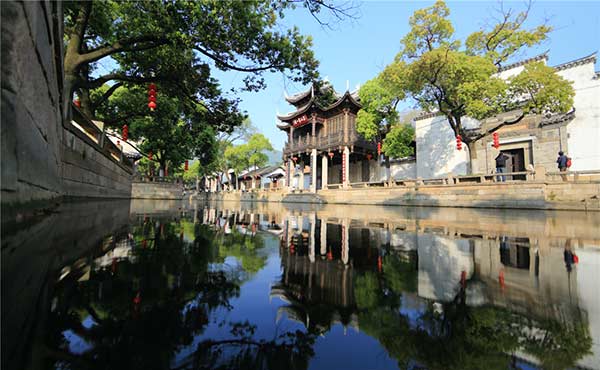 |
|
Ancestral temples located along a branch of the ancient Beijing-Hangzhou Canal in the old town of Huishan, Jiangsu province. [Photo provided to China Daily] |
The ancestral temples, lined up along a branch of the ancient Beijing-Hangzhou Canal, vary significantly in size, architectural style and date of construction.
The largest temple, Jichang Garden, covers an area of 9,000 square meters. It is also one of the country's most renowned gardens and receives millions of visitors every year.
Most of the temples in the town were built in line with traditional Chinese architectural principles. Others, constructed in modern times to commemorate famous businesspeople, such as Yang Oufang, one of the country's earliest cotton-spinning factory owners, reveal strong Western building influences.
The oldest temple dates to the Han Dynasty (206 BC-AD 220). It was built to commemorate an emperor who contributed greatly to flood control in the area.
"Visitors can learn Chinese history and get a glimpse of traditional Chinese culture at these ancient halls," said Li Wenyang, a specialist of cultural studies who has written a book about the 138 historic figures commemorated at the 118 temples.
"We have more than 20 types of ancestral temples here in Wuxi," Li said. "They cover almost all temple types except for the imperial one. We have temples to remember ancestors, commemorate ancient people known for their merit and even one to worship the god of flowers for bumper harvests."
- Two new imported Zika cases in S China
- N China's largest photovoltaic project begins to join power grid
- New laws aim at ensuring nuclear safety
- Big floods along Yangtze River likely, authorities warn
- Chinese tweak tradition to adopt eco-friendly burials
- Shanxi digs deep to eradicate coal overcapacity
- Xi: Talks 'only correct way' for China, ROK
- Xi to Obama: Disputes should be managed
- Cypriot court remands in custody man suspected of hijacking EgyptAir flight
- Govt eyes luxury tourists amid concerns over safety
- Sleep tight and don't let sharks bite at Paris aquarium
- Aung San Suu Kyi appointed as Myanmar's new foreign minister

 Culture Insider: 8 things you may not know about Clear and Bright
Culture Insider: 8 things you may not know about Clear and Bright
 Stars shine at gala of World Figure Skating Championships
Stars shine at gala of World Figure Skating Championships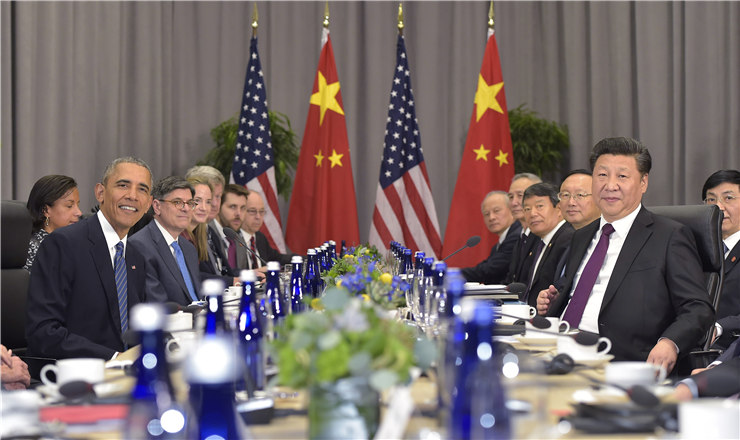
 Xi tells Obama disputes should avoid misunderstandings
Xi tells Obama disputes should avoid misunderstandings
 BYD launches two new electric models, Qin EV and e5
BYD launches two new electric models, Qin EV and e5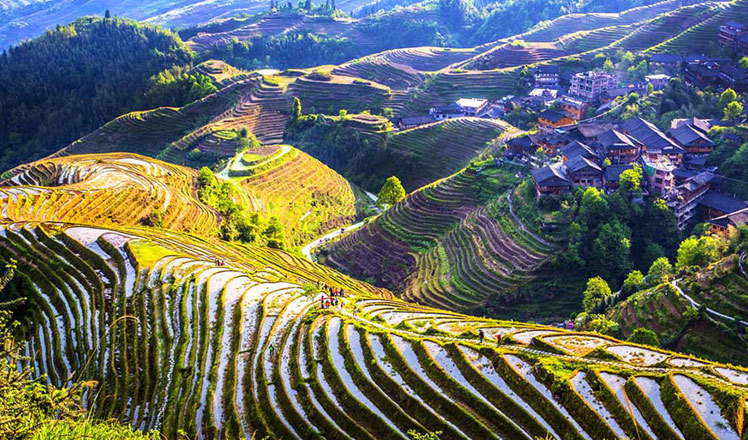
 Discover beautiful China in Spring blossom (II)
Discover beautiful China in Spring blossom (II)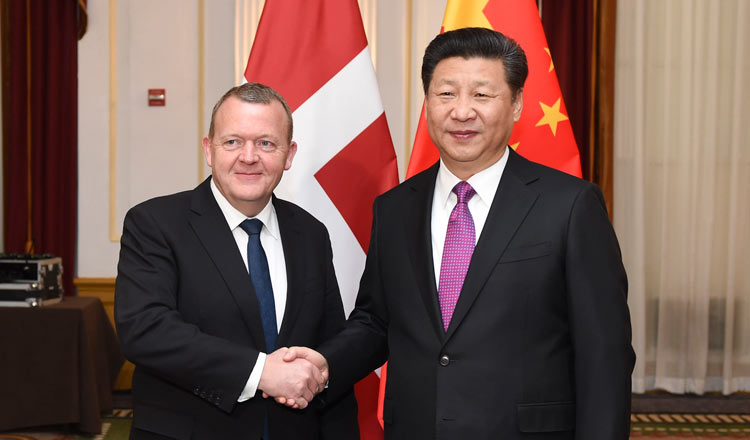
 Xi calls for bigger progress in China-Denmark ties
Xi calls for bigger progress in China-Denmark ties
 China move into the final stage of Asia qualifiers after 15 years
China move into the final stage of Asia qualifiers after 15 years
 Grief, anger engulf Taiwan as suspected killer of girl arrested
Grief, anger engulf Taiwan as suspected killer of girl arrested
Most Viewed
Editor's Picks
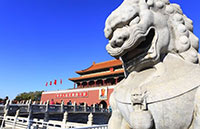
|
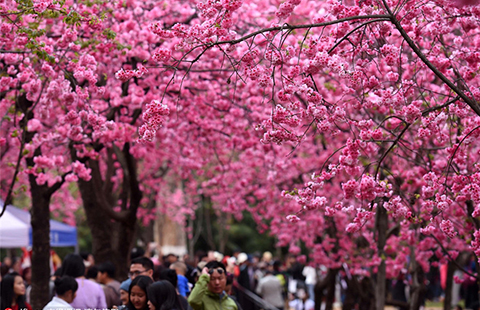
|
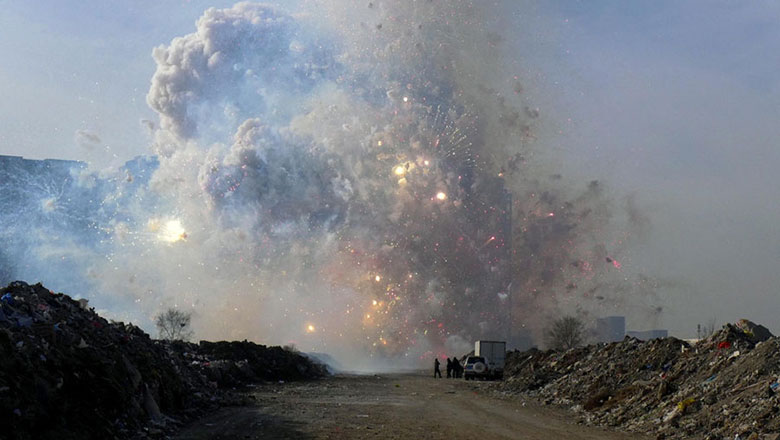
|

|
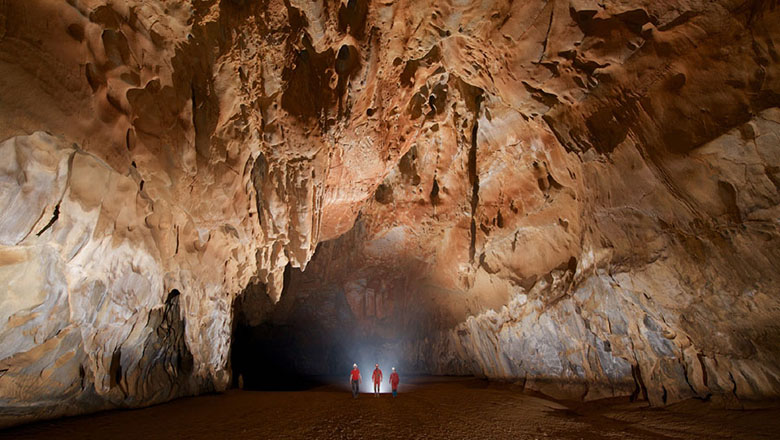
|

|
Today's Top News
Marriott unlikely to top Anbang offer for Starwood: Observers
Chinese biopharma debuts on Nasdaq
What ends Jeb Bush's White House hopes
Investigation for Nicolas's campaign
Will US-ASEAN meeting be good for region?
Accentuate the positive in Sino-US relations
Dangerous games on peninsula will have no winner
National Art Museum showing 400 puppets in new exhibition
US Weekly

|

|








